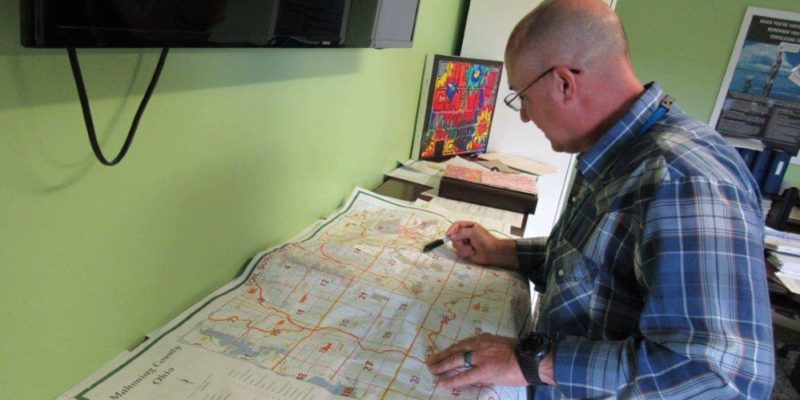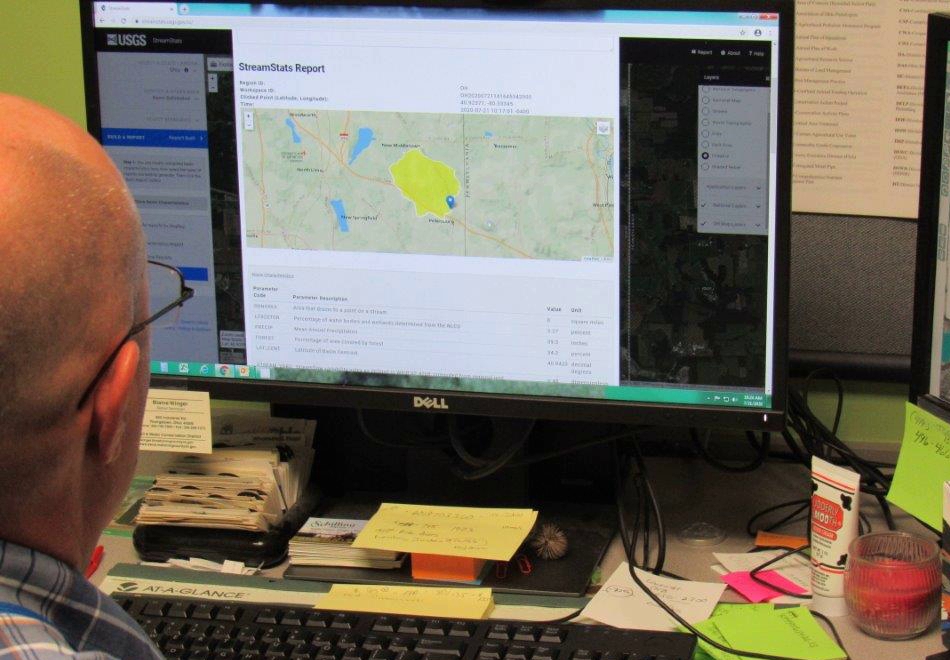
10 Facts About Watersheds You Need to Know
Did you know you live in a watershed? That means each one of us can play a significant role in helping to keep our watersheds clean. If we choose not to, we could be contributing to the pollution of our waterways, which may include our drinking water.
Mahoning Soil & Water Conservation District helps in developing watershed action plans with the goal of preventing pollution and water quality issues.
We work with engineers and contractors to develop best management practices for stormwater plans and provide technical assistance relative to stormwater issues, which can contribute to runoff that pollutes our watersheds.

What are watersheds and why are they so important?
Here are 10 helpful facts about watersheds in Mahoning County.
1. Mahoning County is marked by six major watersheds that cover several thousand acres and several sub watersheds.
2. A watershed is an area of land that water flows over or under on its way to a stream, river, lake or other body of water. As rainwater and melting snow run downhill, they carry sediment and other materials into our streams, lakes, wetlands and groundwater. Watersheds are defined by the waterways into which rain and snow that fall within them ultimately drain.
3. The 23,000-acre Yellow Creek watershed is the drinking water supply for Poland, Campbell and Struthers.

4. Mill Creek Watershed is 51,000 acres and its land use is recreational and residential.
5. The Meander Creek Watershed is 54,000 acres and its land use is mostly agricultural with some residential and commercial.
6. Healthy watersheds are vital for a healthy environment and economy. Our watersheds provide water for drinking, irrigation and industry use. Many people also enjoy lakes and streams for their beauty and for boating, fishing, swimming and other recreational uses.
7. Wildlife also need healthy watersheds for food and shelter.
8. In the past, most water quality problems were traced to the most obvious cause — point-source pollution. This means the problem can be traced to a specific location such as a pipe or disposal site.
9. Nonpoint-source pollutants are in the water that runs off crop or forest land. Others include failing septic systems, parking lots, construction sites, irrigation systems and drainage systems. It can even result from automobile exhaust getting in the atmosphere and falling back to earth in the rain.
10. To help prevent water pollution, you can reduce your plastic consumption, properly dispose of chemicals, pick up animal waste from your yard, reduce yard runoff and avoid applying pesticides and herbicides, especially 48 hours before it rains.
